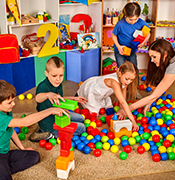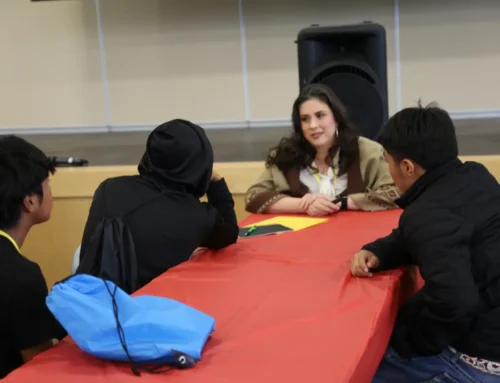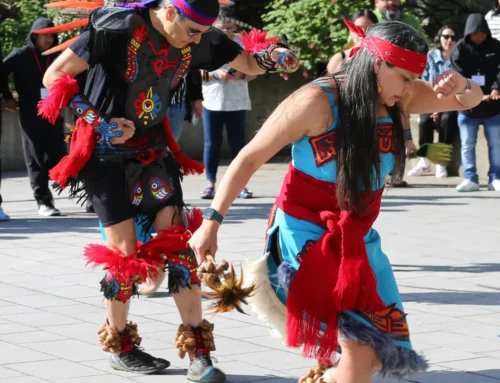
Recently, I had a chance to visit a kindergarten classroom here in the northwest region. Upon entering the classroom, I was surprised to see that all of the students were participating in a wide variety of activities. I saw one small group of children pretending to perform a health checkup on a doll, another group building a huge block tower, and yet another putting on a puppet show. When I finally noticed the teacher, I saw that she was touring around the different groups of students asking questions and… PLAYING with them!
I have heard about full-daykindergarten and WaKIDS, for a few years now, but had not really understood the tremendous shift in Kindergarten classrooms until now. What I saw and heard during my visit were children actively and authentically engaged in self-directed and cooperative learning. The students building the tower coordinated with each other to count and record how many blocks they had stacked and how high it reached. Every time the tower fell, their frustration quickly gave way to reflection and revised plans for a stronger tower. The children putting on the puppet show had planned who would play what roles and had created a story together. And the kids in the “doctor’s office” were talking about what happens to their bodies when they get sick and what might be wrong with their patient if he was coughing but didn’t “have a temperature”.
Throughout these conversations, I noticed that some students were sharing many of their ideas and questions in primary languages that were not English. It was interesting to see how students who didn’t understand the other languages seemed to figure out their meaning from context, or simply asked what they meant. Other students who were proficient in both languages stepped in to help connect their classmates for a common understanding.
These are just a few examples of the ways kindergarten students are developing linguistic, physical, social, and cognitive skills during intentional play. After talking to the teacher in this classroom, I learned that she benefits from the chance to learn about the individual interests, skills, understandings, and challenges that each of her studentspossessesandisable to support them in just-in-time joyful learning. She said that it had taken some time and intention to get her students into these routines and functioning at such a high level during this time, but she feels like it’s been worth every moment.
I look forward to my next chance to visit these young scientists, mathematicians, and writers. In the meantime, I’m going to learn more about the power of play for young learners by visiting NAEYC’s Play webpage. I’m also wondering what a Play and Learn Group with even younger children and their caregivers would be like…I think I’ll check in with Northwest Play and Learn and see when I can connect with a group in my area!
Play on! Ed



